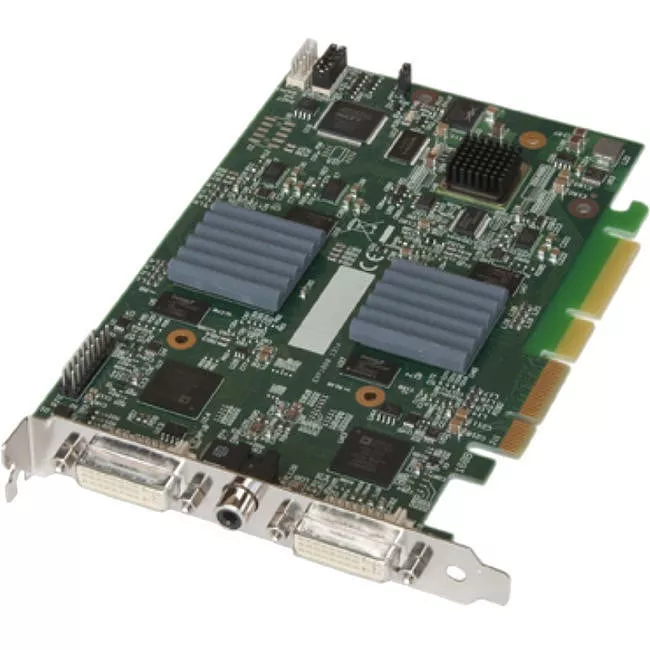Datapath VISIONAV-HD Video Capture Card

- Product Type: Video Capturing Device
- Maximum Resolution: 4096 x 4096
- Platform Supported: PC | Linux
- Host Interface: PCI Express x4
SabrePC B2B Account Services
Save instantly and shop with assurance knowing that you have a dedicated account team a phone call or email away to help answer any of your questions with a B2B account.
- Business-Only Pricing
- Personalized Quotes
- Fast Delivery
- Products and Support

$2,330.00
Datapath VISIONAV-HD Video Capture Card
- Product Type: Video Capturing Device
- Maximum Resolution: 4096 x 4096
- Platform Supported: PC | Linux
- Host Interface: PCI Express x4
A capture card with two channels of HD DVI video and an extra composite video input all operating simultaneously and independently; with full analogue and digital audio support.
The VisionAV-HD has three independent video capture inputs - two supporting High Definition capture and a third supporting Standard Definition composite video. This capture card also adds multiple channels of audio capture, which can be synchronised in software using timestamping with all video capture channels.
Both DVI High Definition inputs support HDMI, DVI, RGB and analogue Component (YPbPr) input via a DVI-I connector, at resolutions up to 4096x4096 pixels and supports 1080p (1920x1080) at 60 frames per second.
The VisionAV-HD captures all three video channels simultaneously and triple buffers them into onboard storage for tear free video, alongside an audio stream that can be selected from one of the HDMI or one of the analogue audio ports. This data can then be processed and copied using DMA transfers to the host system for display, storage or streaming.

